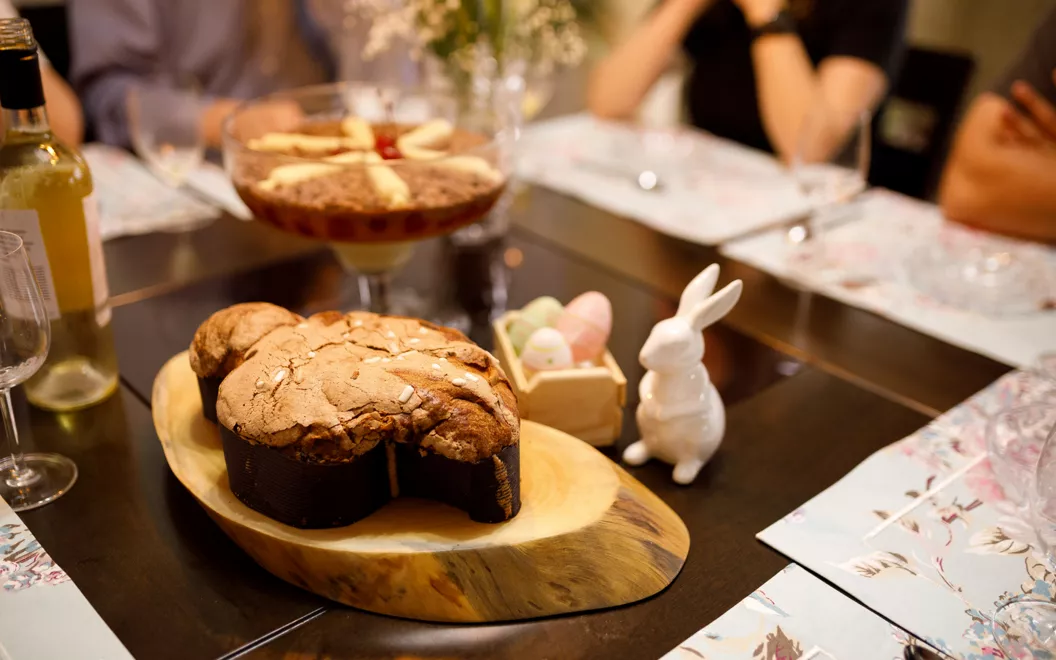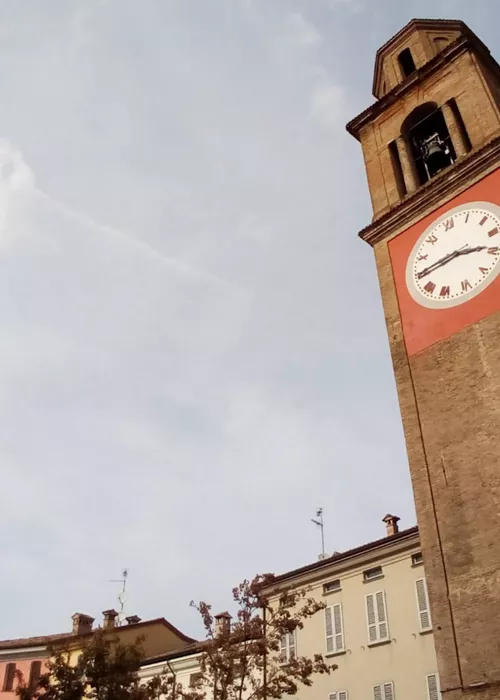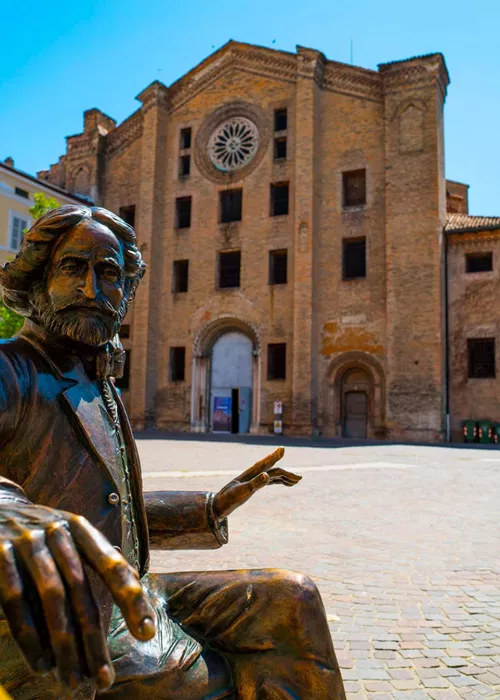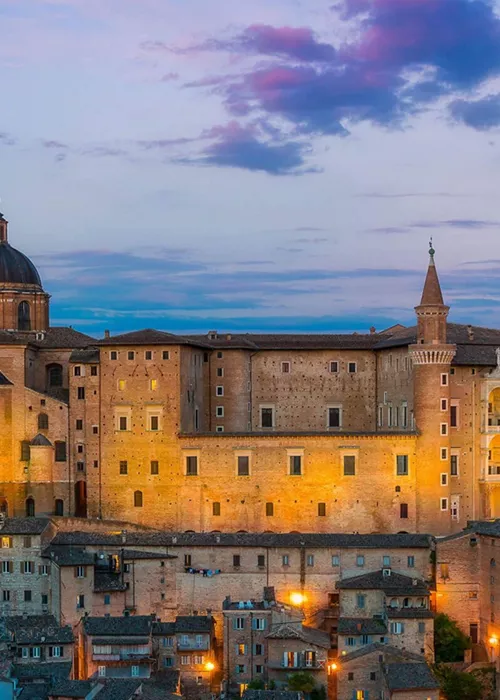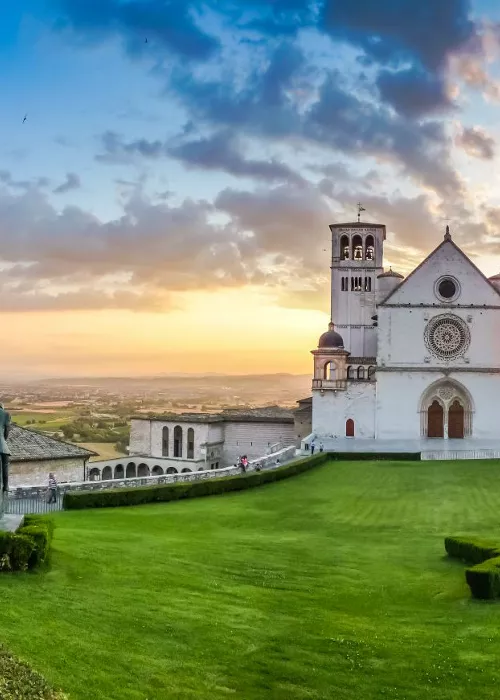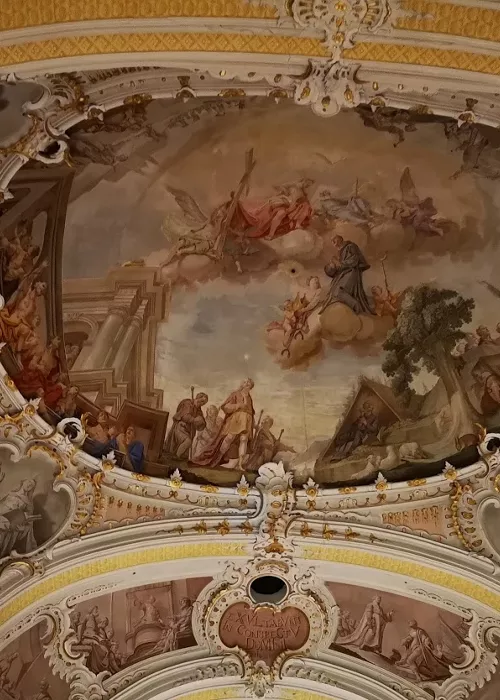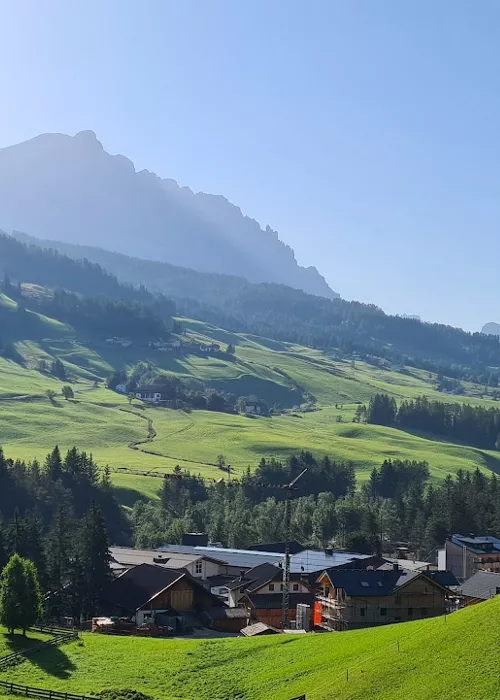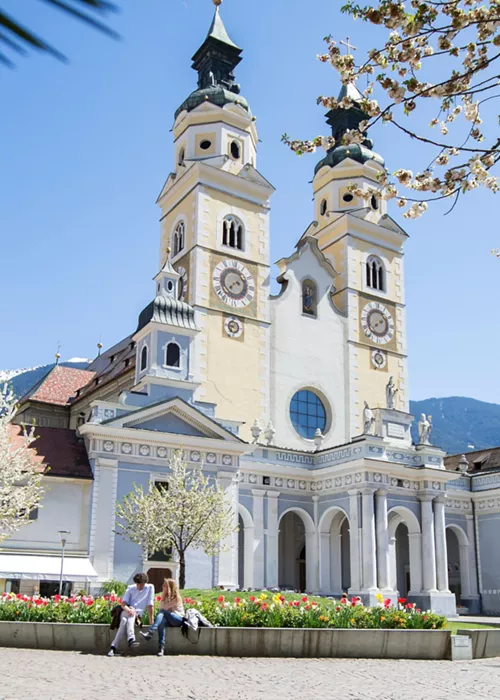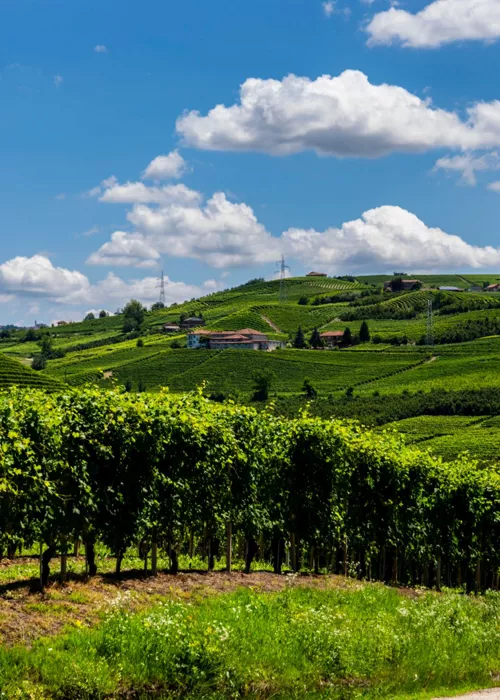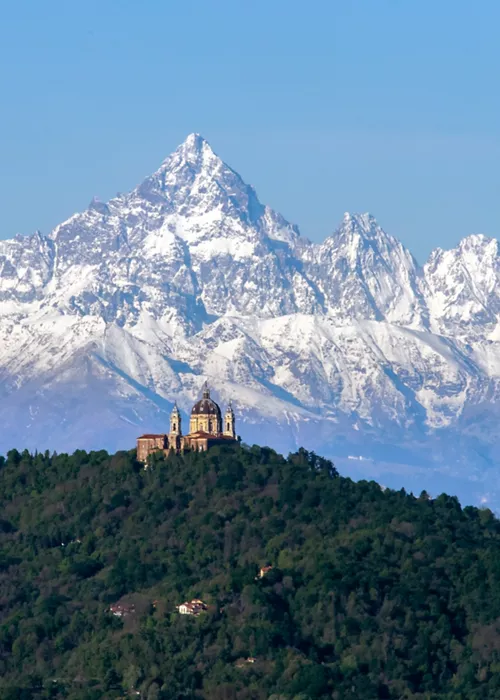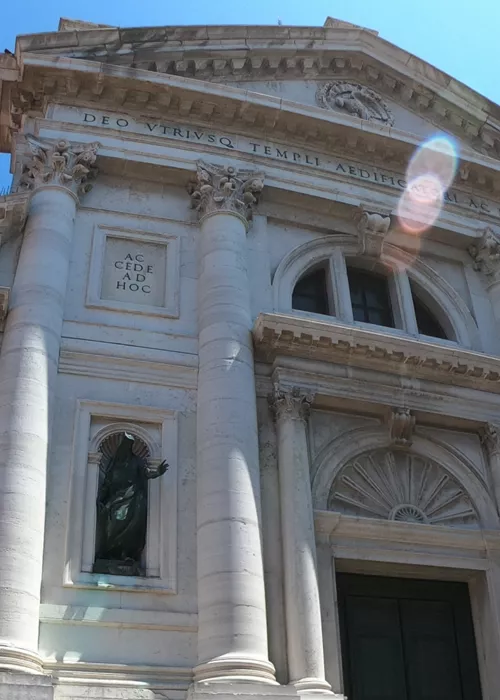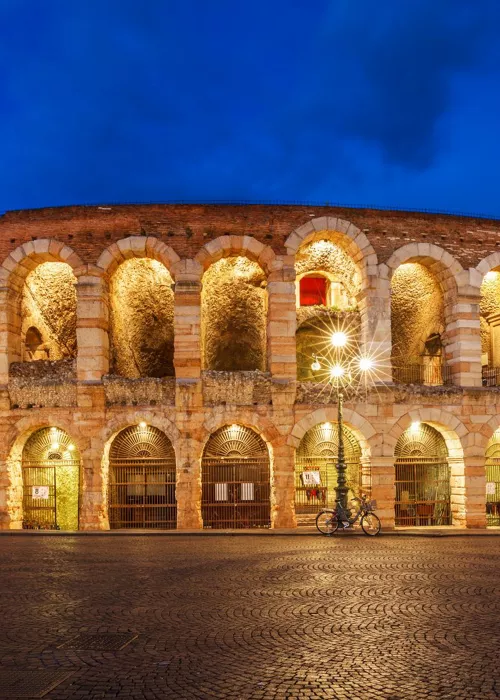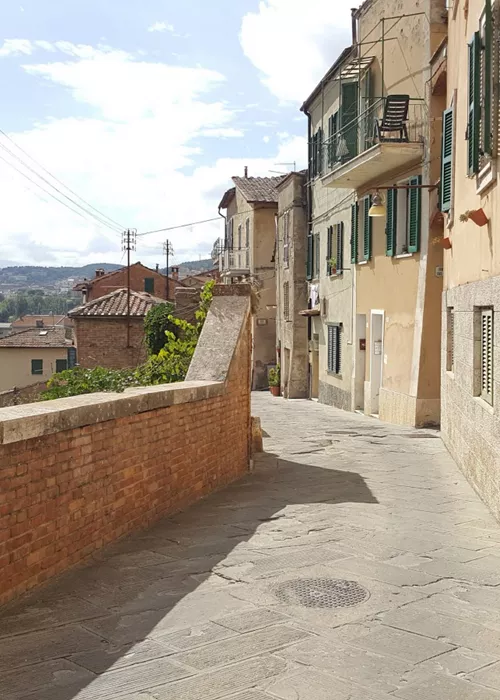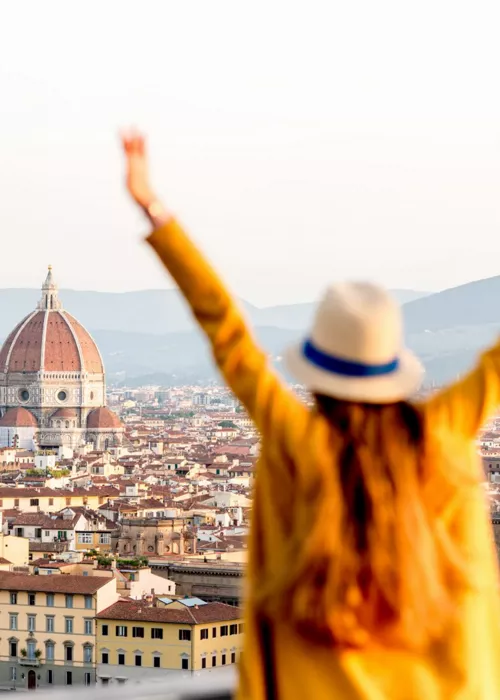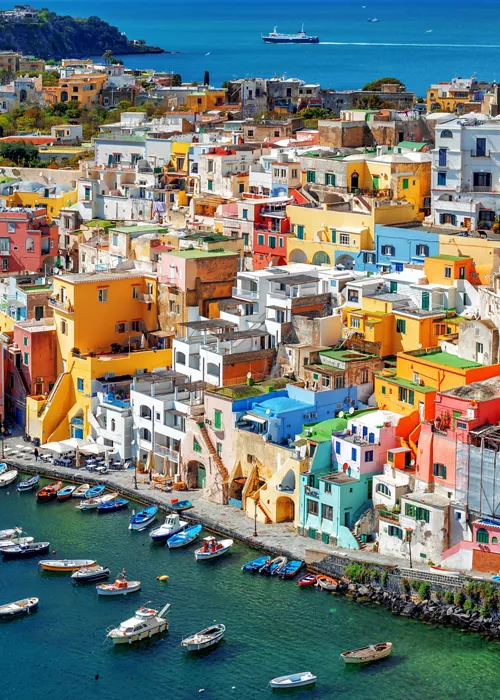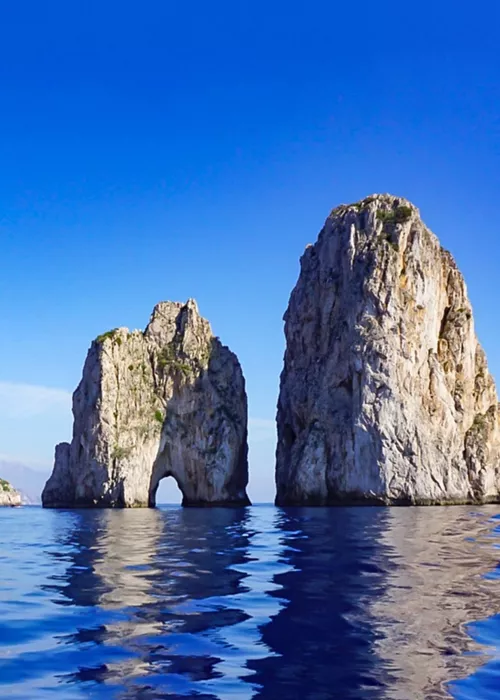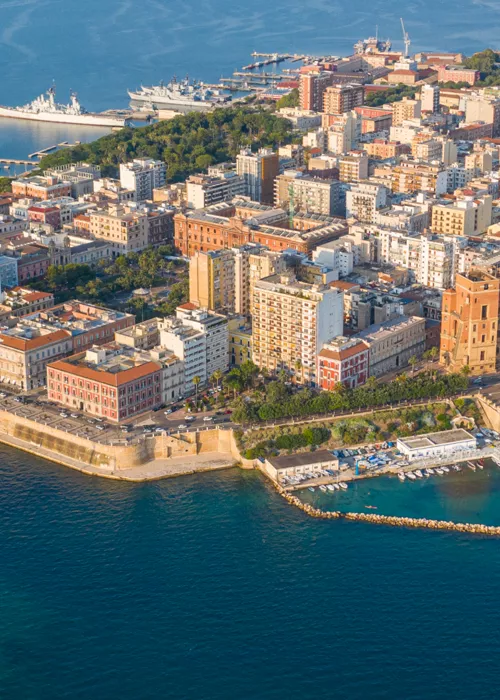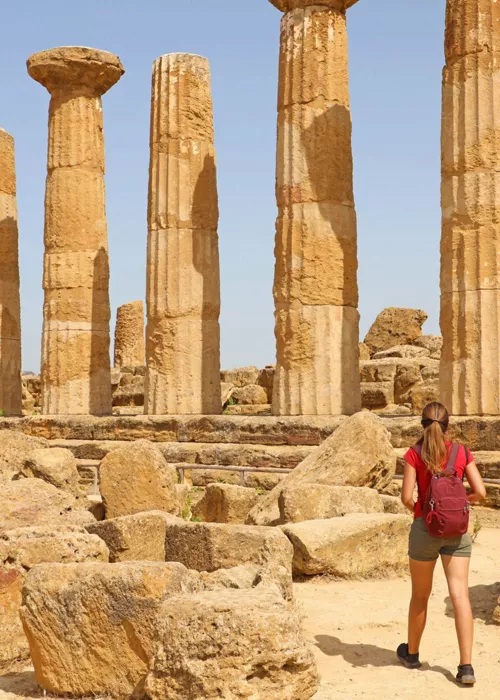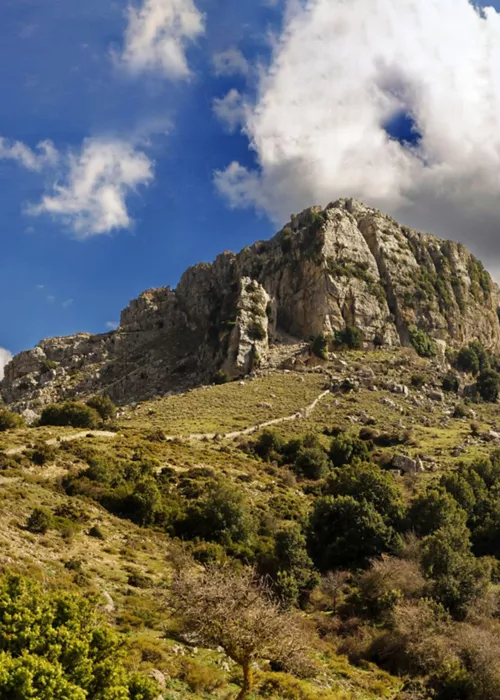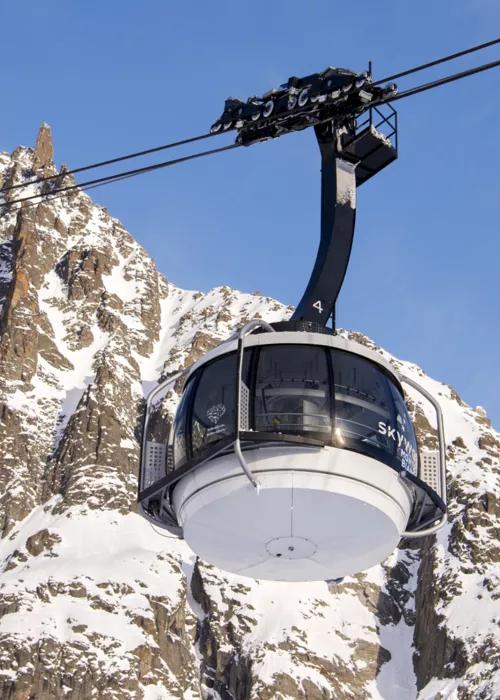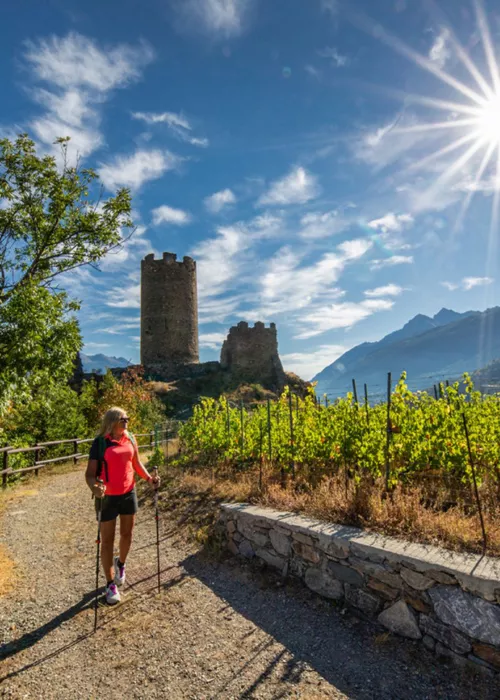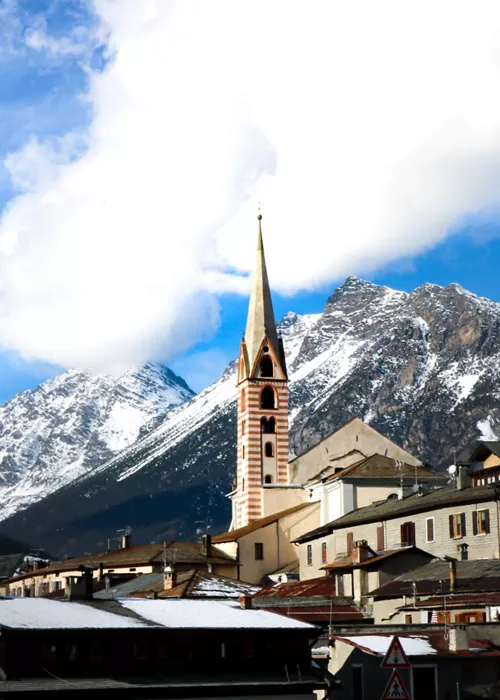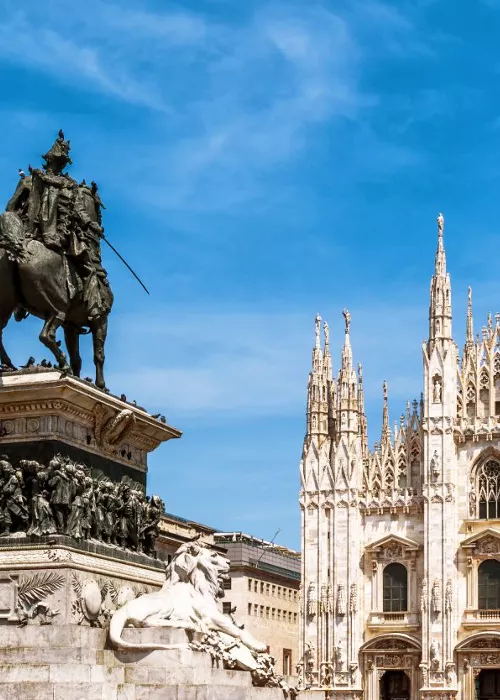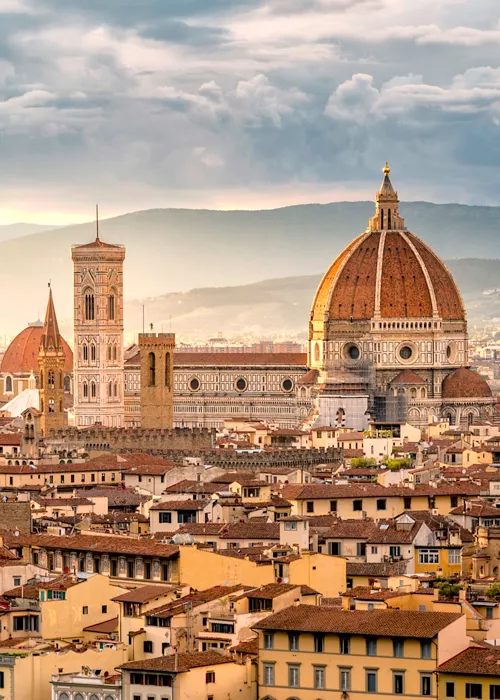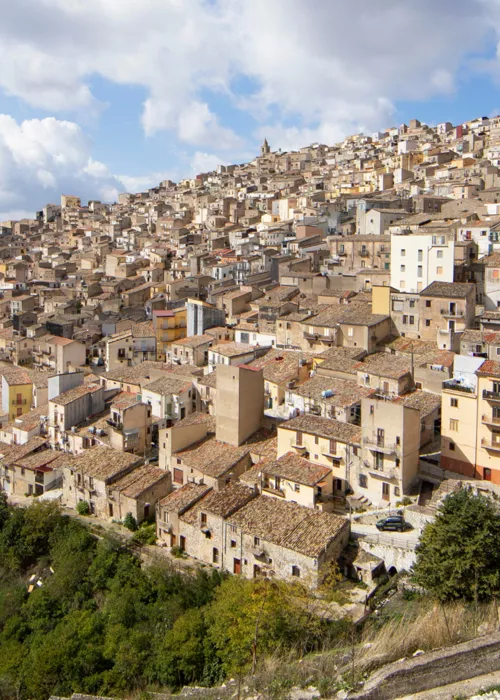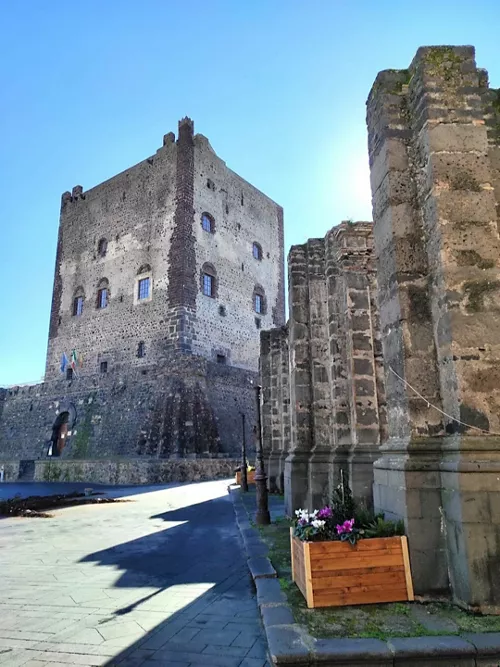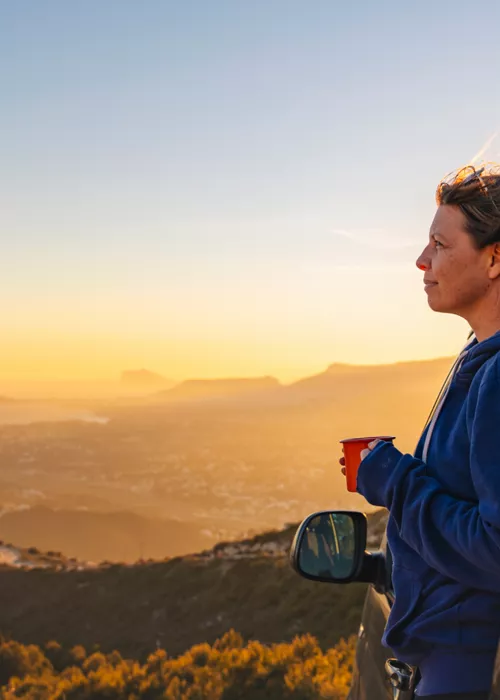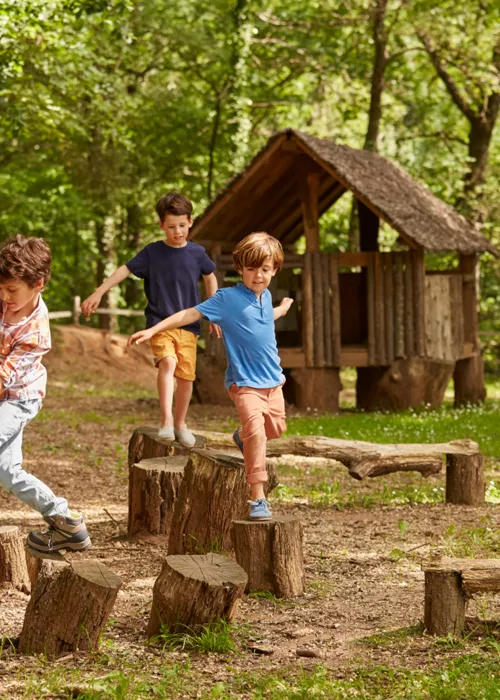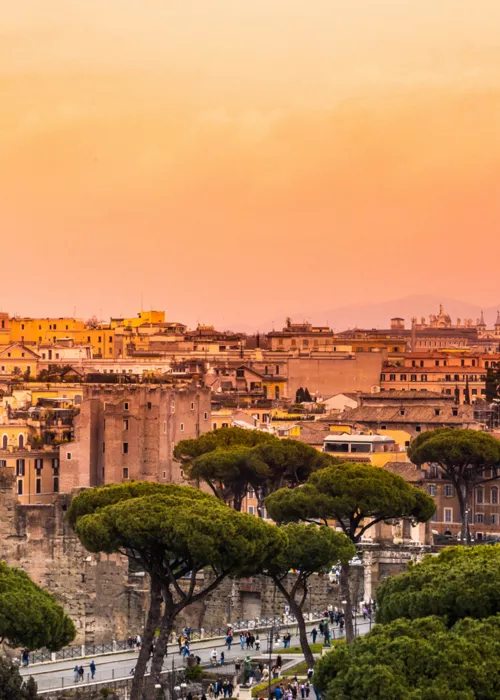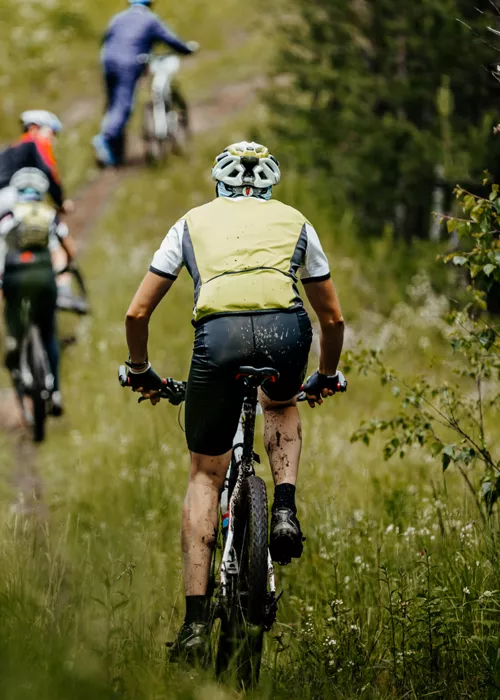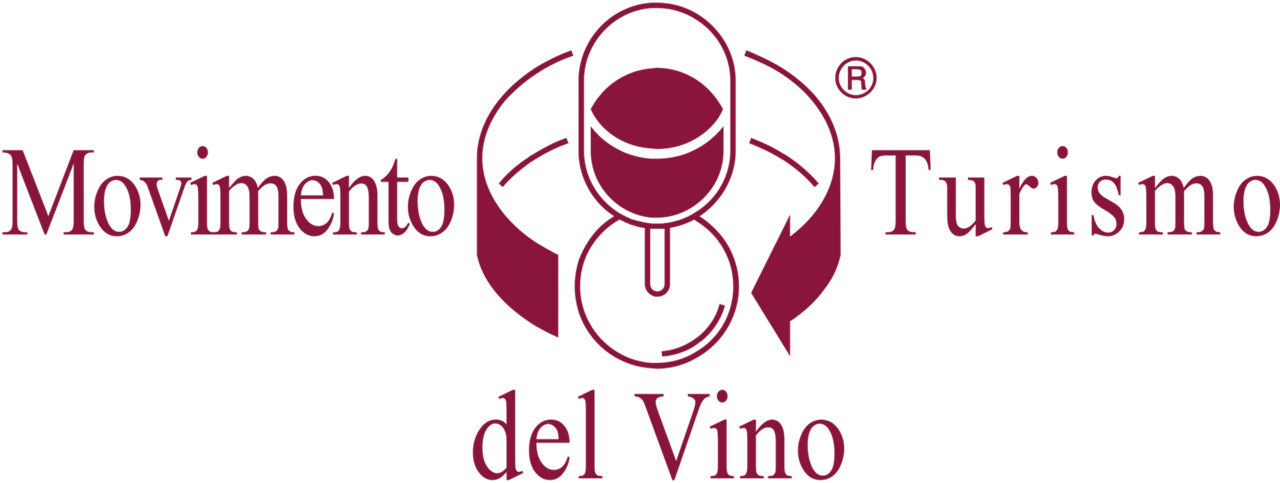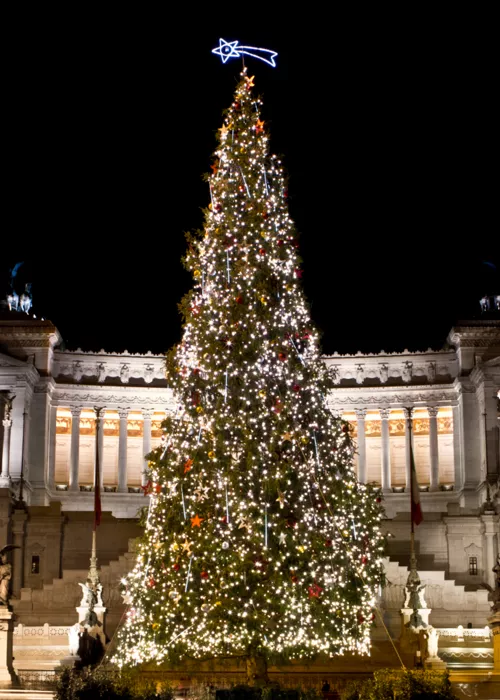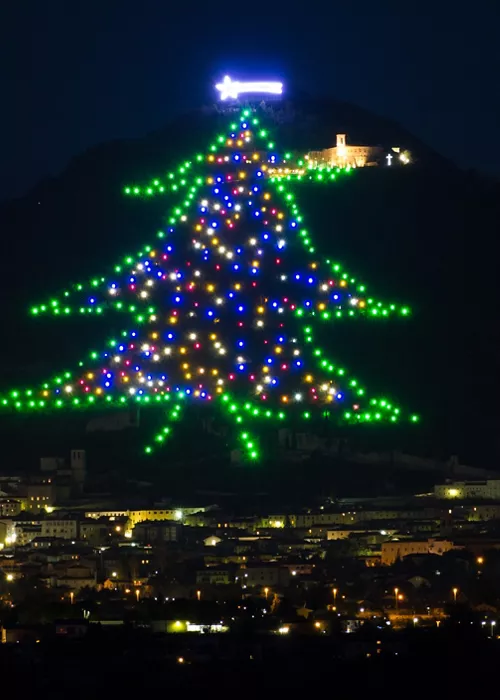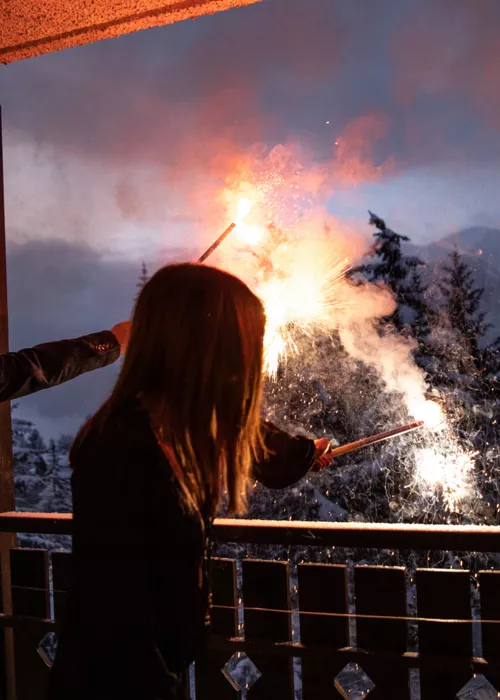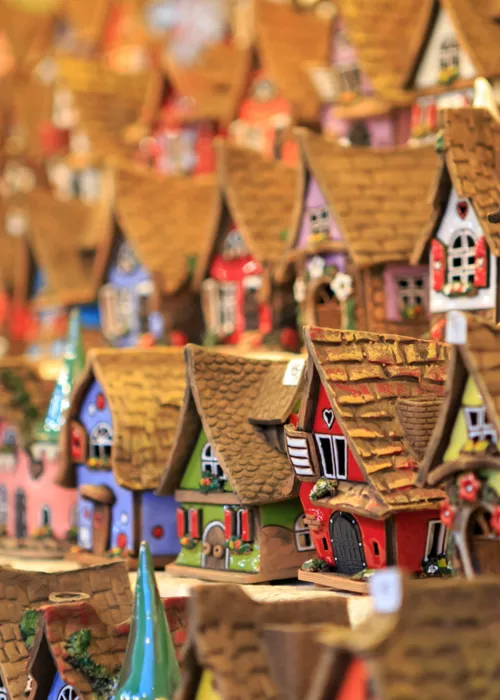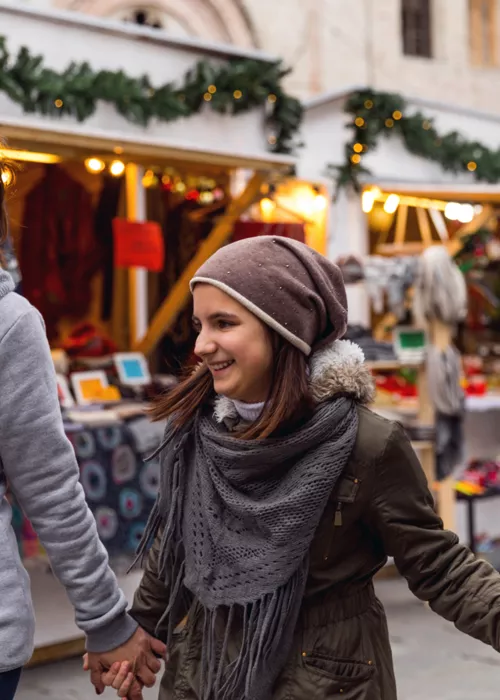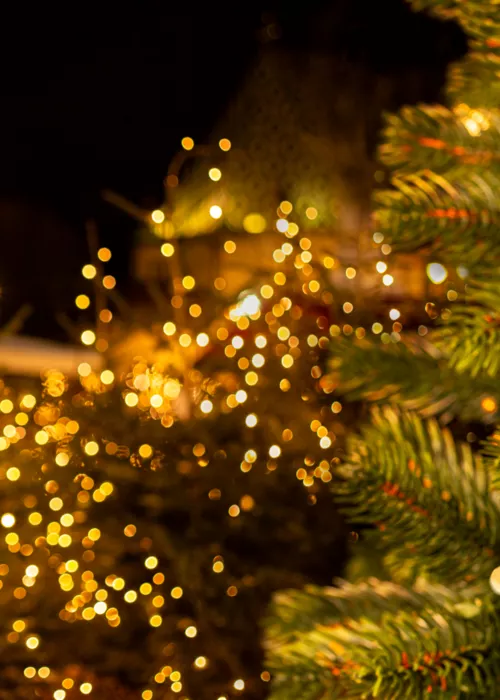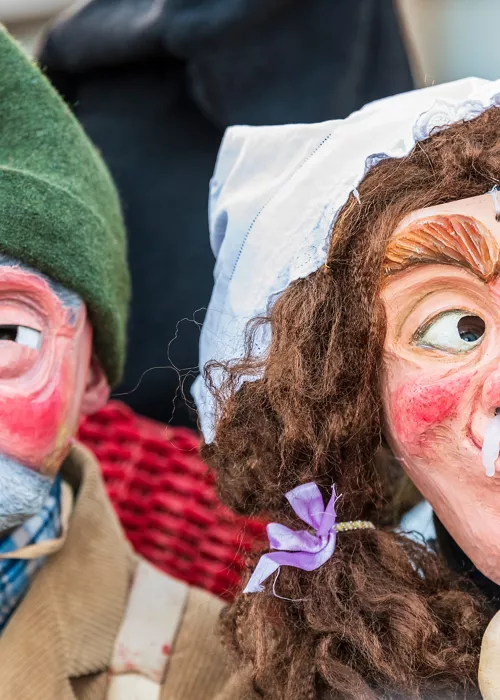How Easter is celebrated in Italy, a journey through traditions and customs
5 minutes
Index
Easter is one of the most heartfelt festivities, celebrated every year through intimate or collective rituals that intertwine local food and wine and spectacular secular, religious or pagan customs, different for each Region. What better occasion to organize a holiday and discover Italian Easter traditions?
If you were wondering how to celebrate in Italy, here is a thematic map of typical Easter events and dishes, from one corner of the peninsula to the other, to help you choose what to do at Easter.
Have a look and try to plan an itinerary that would intrigue or… tempt you the most.
The tradition of Easter eggs
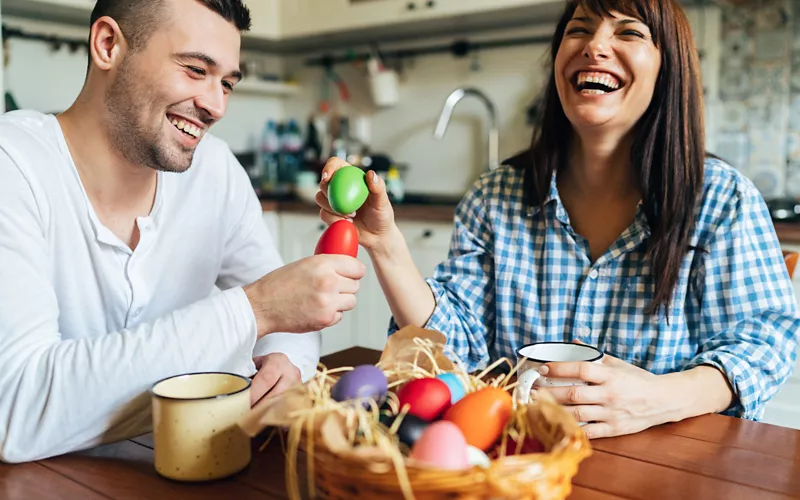
It’s no wonder that the Easter egg is at the center of many celebrations. Millennial symbol of fertility and rebirth in all cultures, in the Christian tradition it alludes to the Resurrection of Christ.
There are countless popular traditions that are still respected and celebrated in every corner of the peninsula. But there is a particularly curious one, which deserves to be mentioned: the game of Punta e cul, which people go crazy for after the Easter mass of Fiorenzuola d'Arda, in the Piacenza area of Urbania, in the Marche region. The participants challenge each other to break the opponent's egg with blows on the tip or on the bottom. Whoever wins ensures the loot, as happens in Umbria, with the Tocciata (or Ciuccittu): here too the competition consists in tapping the opponent's hard-boiled egg, whoever remains with the intact egg continues on.
Noza da paur and Canté j'euv from music to engagements
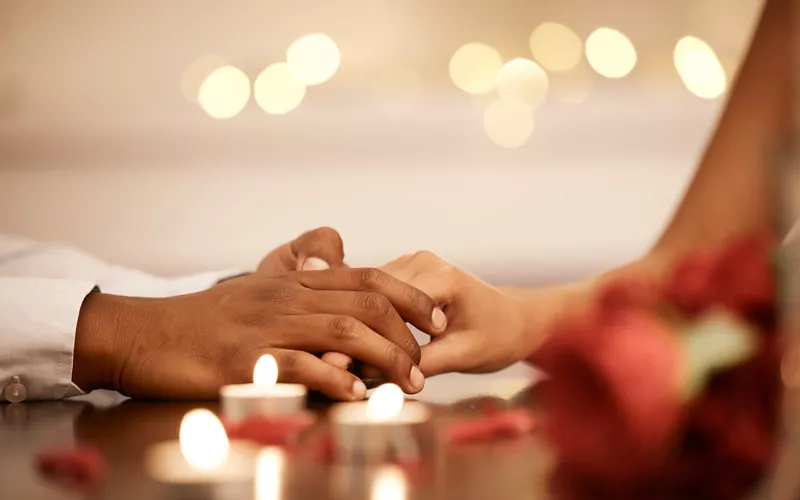
Even in mountain communities the egg is a focus of ancient rituals: in the hamlet of San Leonardo, in Val Badia, for example, in the days preceding Easter the so-called Noza da paur takes place. A peasant tradition that looks to the young and towards marriage proposals. The boys ask the girls for an egg, it's said that whoever collects at least 12 of them gets married within the year. What better occasion to declare love or for a proposal?
The Canté j'euv, "quest for eggs", is also an ancient peasant rite, a custom at the end of Lent widespread in the Langhe and in southern Piedmont. The young people of the villages go from farmhouse to farmhouse to greet the families with an auspicious song: then after with eggs, as a reward due to every singing group, a large convivial omelet is prepared on Easter Monday.
Crosses and processions for Holy Week
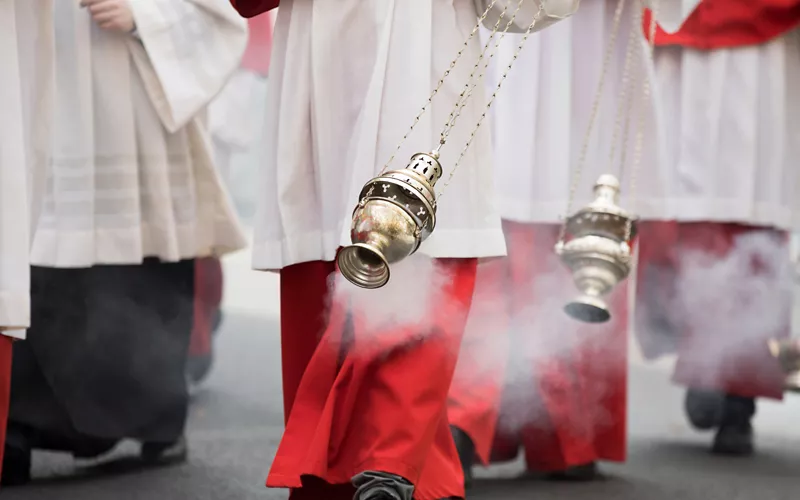
Holy Week is also a time for talking Crucifixes, such as that of Saint Bridget of Sweden in the basilica of San Paolo Fuori le Mura, in Rome. But the best known is the seventeenth-century wooden one that has just been restored in the convent of San Francesco della Vigna in Venice, which, thanks to a mechanism placed in the mouth of Christ, has been moving its tongue and pretending to speak for centuries.
The ancient Giudeata, which is held on Good Friday in Chianciano Terme, in Tuscany also has seventeenth-century origins. 150 figures in period clothing, including Christ, the pious women, Pontius Pilate, Roman dignitaries and soldiers. There is nothing better, to unwind from a hard days work, than by enjoying a slice of Ciaccia di Pasqua, the typical Tuscan focaccia in the shape of a panettone, made with eggs, cheese and bacon.
The tradition of the procession of the Apostles, with a strong emotional impact, is repeated every year in various Italian locations, especially in the South. In Procida, near Naples from Thursday to Holy Saturday, the procession of the Twelve Apostles is held. In Taranto, in Sicily, the hooded faithful like the so-called Perdoni, wear the crown of thorns on their heads and parade in a long procession through the streets of the city.
In Oliena, in the province of Nuoro, at the foot of the Supramonte, the emotive Easter rite of the Scrocifissione is held: the statue of Christ is taken down from the cross on Friday and hidden in the Cathedral until Saturday, when the discovery is celebrated. Meanwhile, the statue of the Madonna is carried in procession through the churches of the town in search of her son. Don't miss the opportunity to taste the casadinas, the original desserts with fresh pecorino cheese.
Foire de la Pâquerette, Pasquali di Bormio and Scoppio del Carro: festivities in the squares
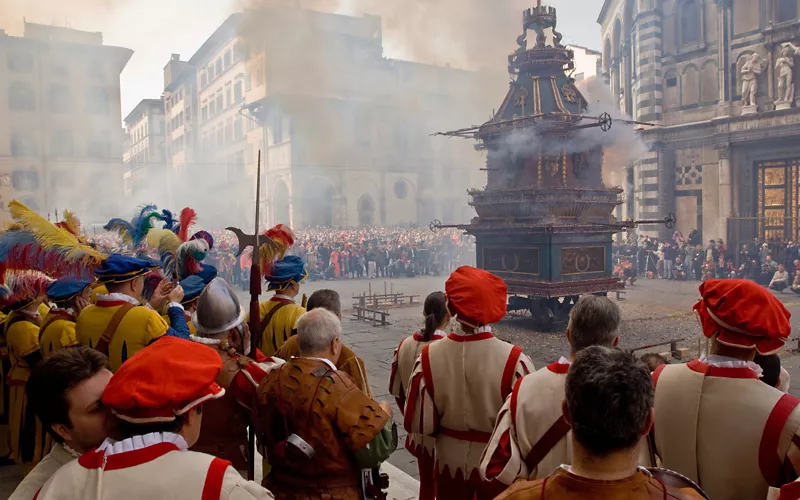
Easter celebrations also fill the squares of Italy, from north to south. In Courmayeur, in Val d'Aosta, on Easter Monday the Foire de la Paquerette is celebrated every year. The streets are overflowing with stalls displaying works of sculpture and carvings of Aosta Valley craftsmanship, lace, handmade garments and traditional products. While in Bormio, in Valtellina, on Sunday is the Pasquali parade. The inhabitants carry palanquin style floats, dressed in traditional costumes, on their shoulders through the streets of the center.
But the party "with a bang" takes place every year in Florence, between the Baptistery of San Giovanni and the Cathedral of Santa Maria del Fiore, where the Scoppio del carro. The explosion of the cart takes place at Easter with pyrotechnics placed on a decorated wagon. The archbishop lights a rocket in the shape of a dove, which starts from the church and, sliding along a wire, sets fire to the cart, with a riot of fireworks.
From the Ballo dei Diavoli to the Festa dei Giudei: Sicilian Easter is with angels and devils
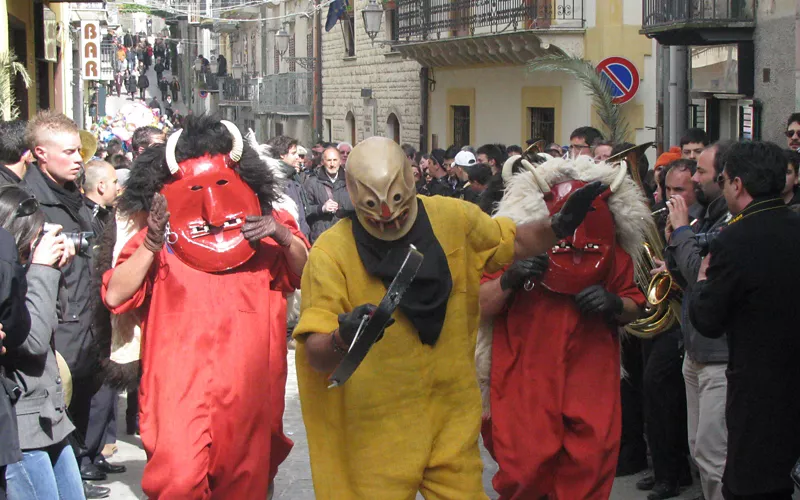
The territory that preserves the most over the top Easter traditions is, almost certainly, Sicily. With the well known event of the Ballo dei Diavoli, the devils dance, in Prizzi, in the province of Palermo. On Easter morning, devils dressed in red, escorted by death, in yellow costumes, harass passers-by and do their best to prevent the statues of the risen Christ and the Madonna from meeting. A group of angels intervenes to drive them away, escorted by the sound of bells. During the festival, cannatedde, the typical dessert made of shortcrust pastry and hard-boiled egg, are distributed.
On Easter Sunday, a satanic delegation also invades Adrano, in the province of Catania, with the Diavulazzi 'i Pasqua, a tradition that has been ongoing since the eighteenth century and celebrates the triumph of good over evil. The devils of the Feast of the Jews, Festa dei Giudei, in San Fratello, in the province of Messina, are also dressed in red and yellow, intent on disturbing the procession that commemorates Christ. The faithful intervene to prevent him, who engage in a rustic duel with the devil. If you too feel like champions of good, do not hesitate to join them.

